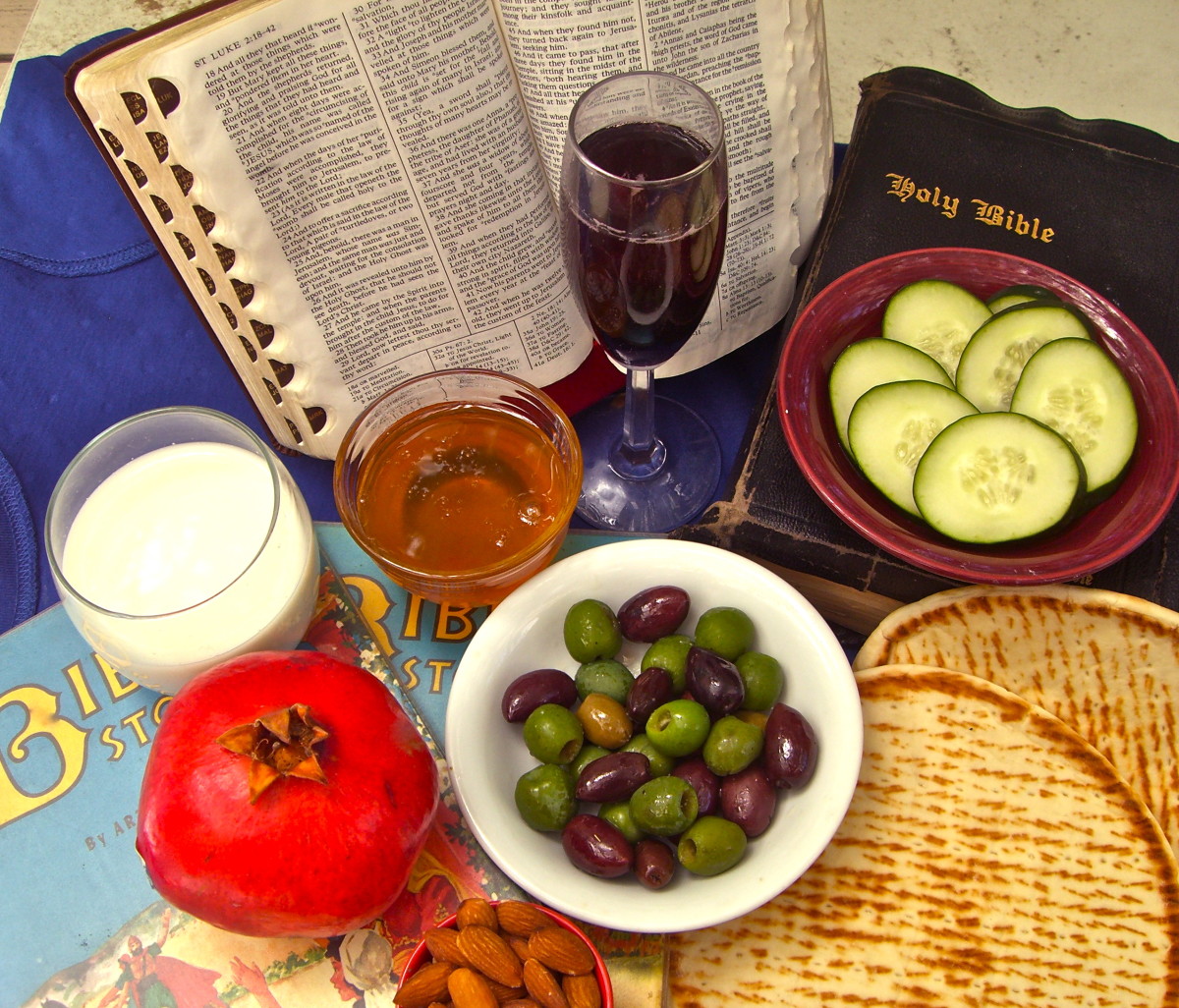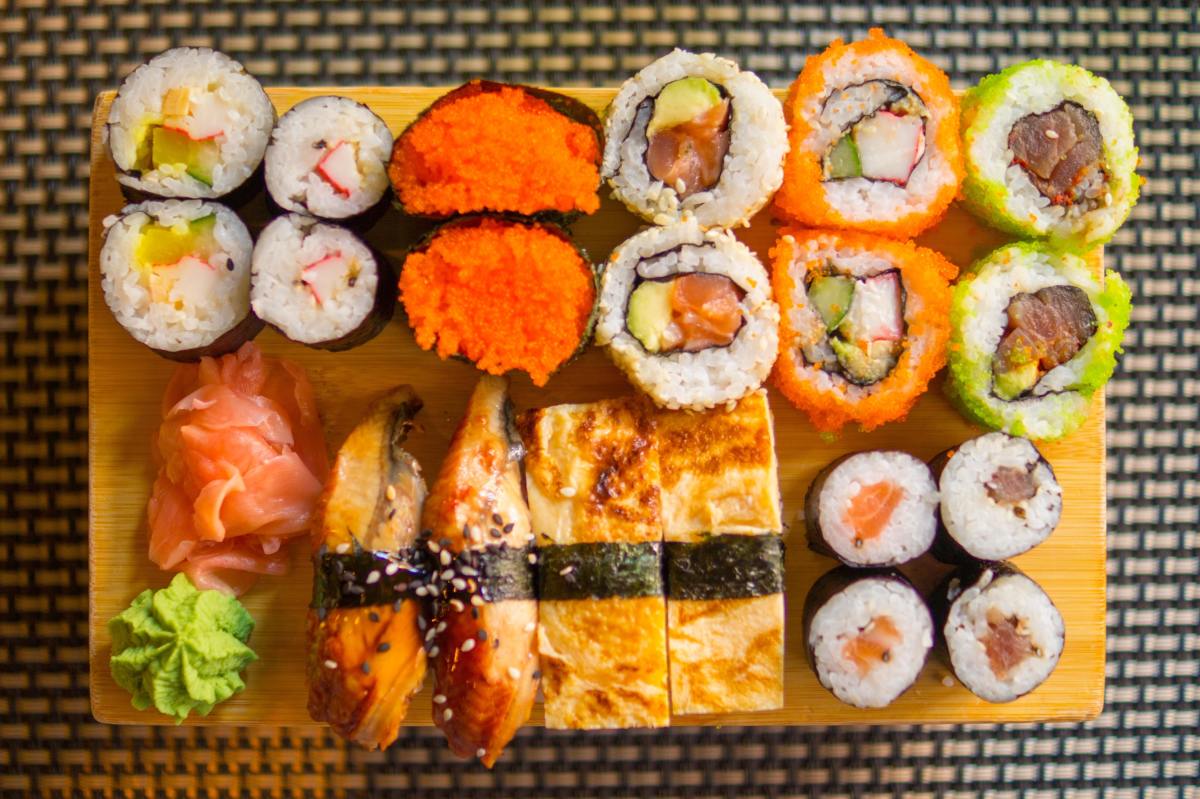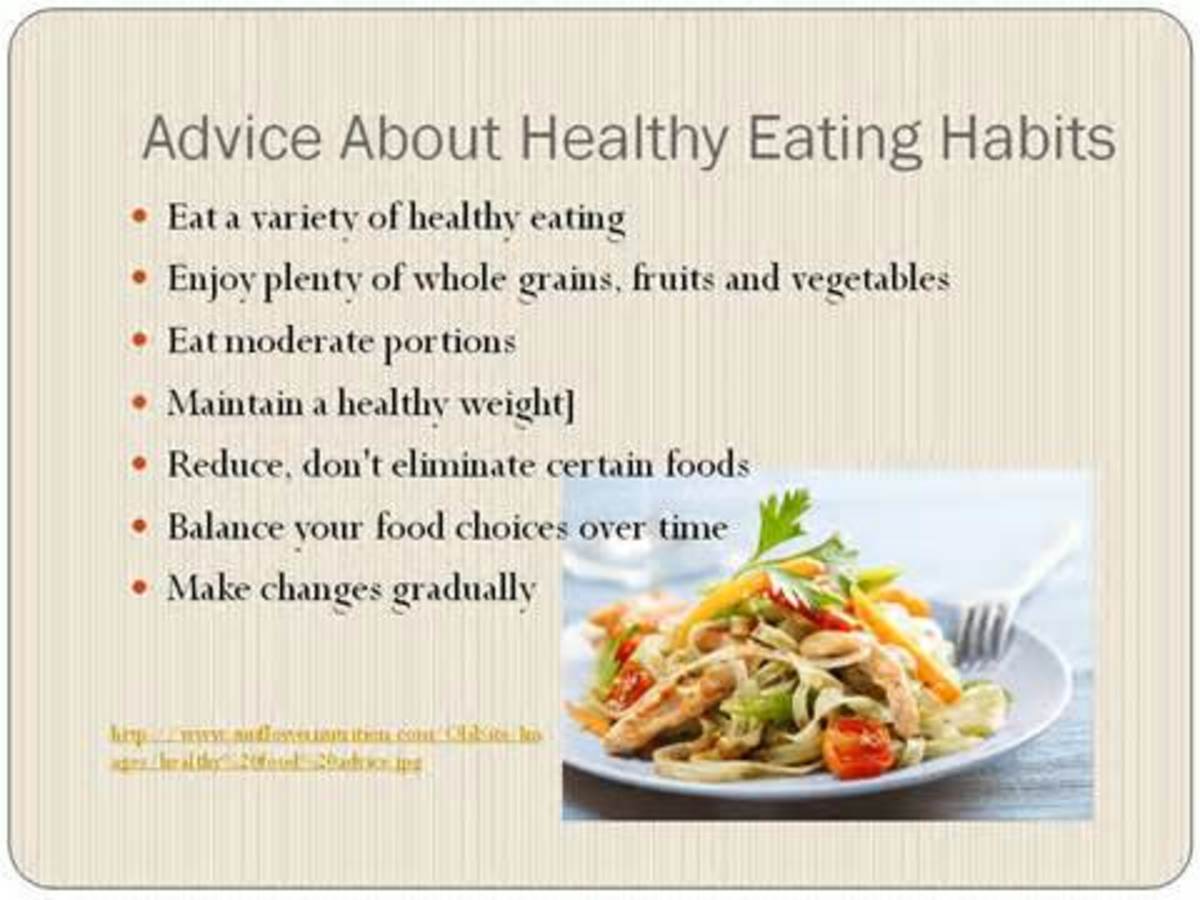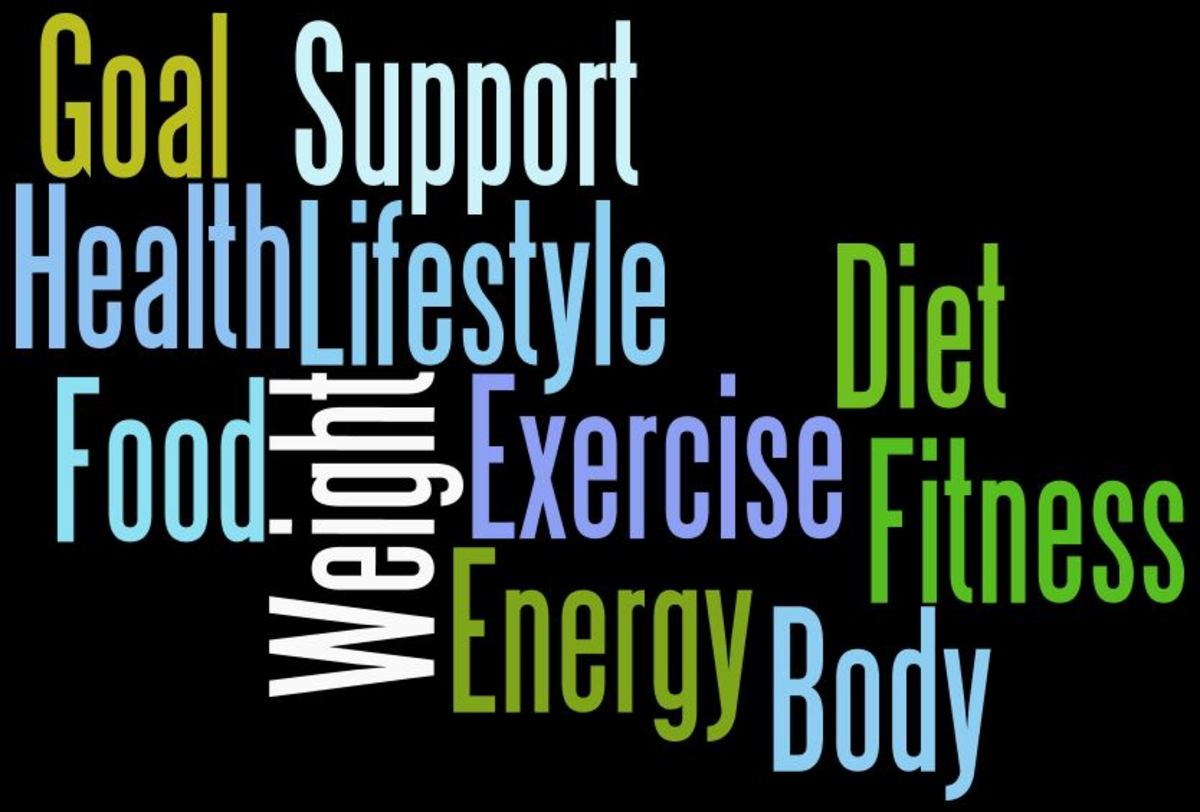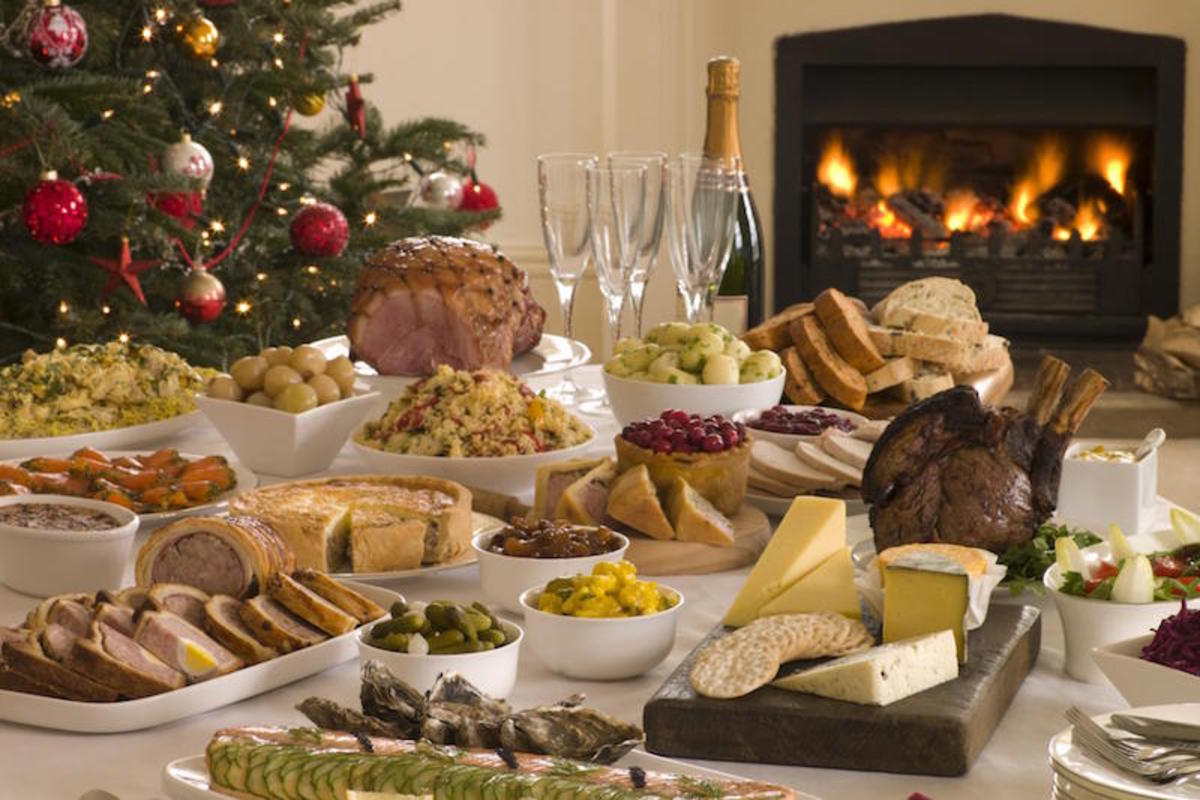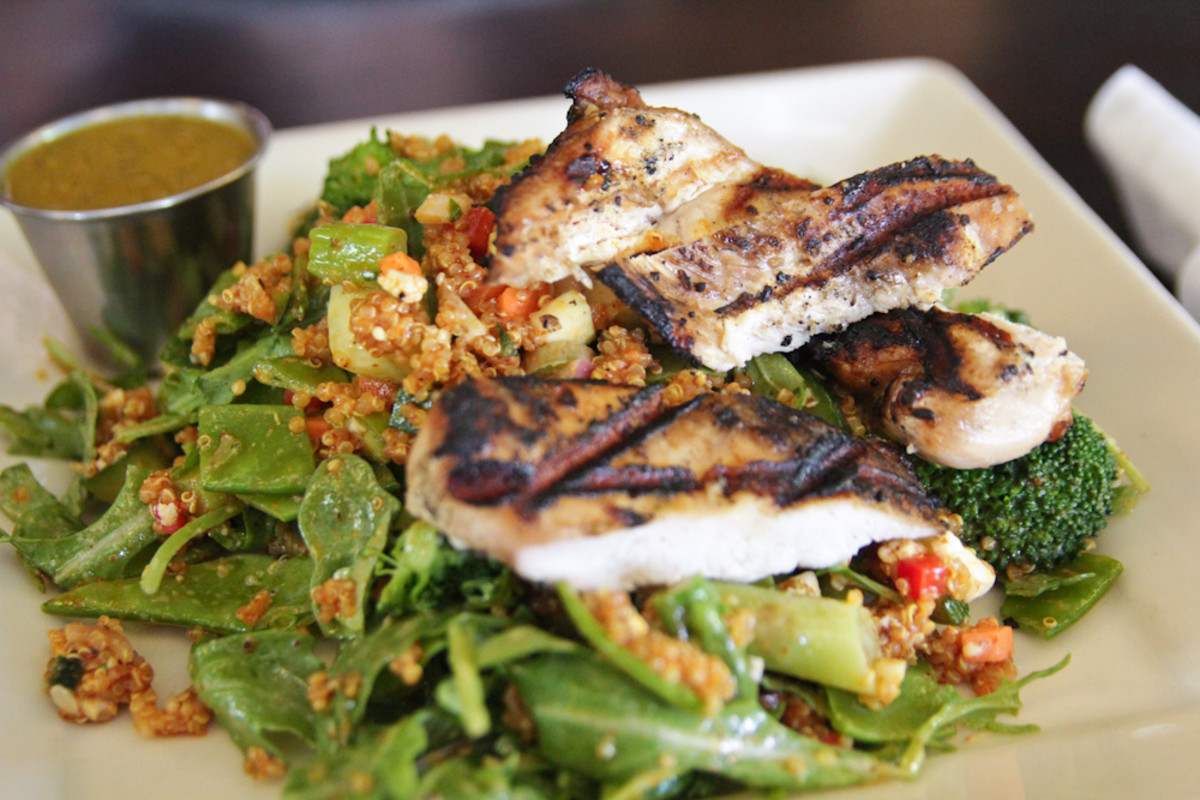- HubPages»
- Health»
- Diet & Weight Loss»
- Diet Advice & Tips
Easy Tips for Staying Healthy While Eating Out

Anyone who has struggled with losing weight can usually pinpoint the area of weakness. Whether it was being active enough, eating healthy all the time, or maybe some stress, there are many reasons why losing weight becomes difficult.
One of the most difficult areas for many people is diet. Consistently eating healthy and staying within a certain amount of calories proves challenging for people, especially those not raised with that lifestyle. Choosing healthy snacks, not buying the box of brownies, and avoiding all the delicious (and often high calorie) meals when eating out is not easy.
Below are a few tips to keep in mind when going out to eat. Fast Food and restaurants can be tricky when it comes to staying healthy, but thanks to more nationwide awareness and attention to obesity and nutrition, the battle has become easier to navigate. Many restaurants now list calories next to the meals so guests can make informed decisions. Alternatives (such as grilled instead of fried) have been added by fast food places. It truly is possible to go out with friends and still stick to any weight-loss goal.
Of course, it is still better to eat at home, where ingredients can be controlled and measured, but there's no reason why people trying to remain healthy can't enjoy a night out.
Online Menu Searching
In the era of the internet and social media, everything seems to be online. This includes restaurant menus and, oftentimes, calories. Do a little research before going out to know what options are available. This also allows the food to be ordered sooner, meaning less time snacking on chips or bread!
Drink Water Before Going Out
Water is life for any living creatures on Earth. Our bodies are made up of mostly water, and it is key to many bodily functions, including digestion. Water also helps people to eat less when they drink a cup or two before going out. Many people believe they are hungry when they are actually thirsty, so drinking water can satisfy the feelings of hunger and reduce snacking.
Plus, water takes up space in the stomach, which signals to the brain that it isn't that hungry. This helps with over-consumption during meals out with family or friends.
Conscious Consuming
Many people participate in what is called mindless eating. Mindless eating is when someone is eating a meal or snack while performing another activity or while otherwise distracted. For example, someone who is eating some chips while watching TV may experience confusion when they have eaten the last chip because they didn't realize they ate the whole bag already!
Eating with intent and focus aids in eating properly and ensuring the brain receives the signals that the stomach is indeed full, and allows you to really enjoy the food so more isn't consumed to make up for what was lost. So, while eating out with friends, be sure to focus on eating once the food comes. Focus on and chew each bite. This will keep you from overeating.
The other part of conscious consuming is knowing what is being eaten. Do the research. Ask questions. Don't just eat something without knowing what is in it or how it is made. Know how many calories, even if you're not counting them for a night, and be aware of what is going in your body. Food is fuel!
Pre-Meal Snack
This one may seem a little weird, but it can help big time!
In preparing for a night out, or maybe a lunch meeting, people often skip or eat smaller meals so they don't have to worry about overeating at the restaurant. This plan can backfire, however, because going to the restaurant hungry can lead to eating far more than intended. Especially when many of these food places offer bread or chips before the meal, which many people mindlessly eat while talking and deciding what to actually eat for the meal.
Consider eating something small before going out in order to curb the feeling of hunger, which can lead to the “eyes are bigger than my stomach” syndrome many people face when going out to eat.
A small salad, some vegetables, a sandwich, or a snack bar are all great options. Don't forget the water!
Avoid the Free Stuff
Restaurants know exactly how to get people in the door – free bread! Restaurants like Red Lobster, Olive Garden, and Cracker Barrel offer limitless free bread for the table throughout the night. These seemingly harmless snacks can be around 100 or 200 calories each. Add that to the main meal, any drinks that aren't water, and this becomes a rather high-calorie meal.
This also applies to appetizers, though those aren't usually free to guests. If the table wants appetizers, aim for the healthiest options possible, and take that into account when choosing something to eat for the actual meal.
Half-Size It!
The size of meals in restaurants is far beyond what a 'normal' portion should be. Even salads, which are generally healthier than, say, fried chicken, are served far beyond acceptable portion sizes, which means the calories are a lot higher than they normally would be. One dinner of steak, baked potato, and broccoli can nearly exceed 1,000 calories because there is far too much food for one meal. Salads as well can push 1,000 when dressings are included.
Many restaurants actually offer a 'half-portion' if someone cannot eat the full-sized meal. If the restaurant does not offer this, asking for a box when the meal comes and splitting the meal in half is the perfect alternative. Then there are two meals in one!
Make Requests
Many meals served in restaurants are made in ridiculous amounts of butter, grease, salt, and sauces. If applicable, ask for food to be lightly salted (or unsalted) and for any sauces, dips, or condiments to be served on the side. Salads usually will have the dressing on the side, and it is very easy to ask for that if they don't.
Ask questions about what exactly comes on the meal and with it. The server, manager, or cook can answer any questions about how the food is prepared so customers can make informed choices when eating out.
Stick to What is Familiar
Find places and meals where you know how many calories something has and make them your 'safe place' and 'safe meal'.
For example, someone may choose to make the Wendy's their 'safe place' when traveling because they know the grilled chicken sandwich is only 380 calories (without any condiments or sides), as well as providing carbs, greens, and protein. There are many restaurants and fast food places that offer a variant of a grilled chicken sandwich that is lower in calories compared to other foods on the menu, so this is usually a safe go-to meal when ordering out.
Do a little research and find the safe meals and places to go if planning a meal with friends or a road trip with the family.
Above All - Enjoy the Time
In the end, it doesn't hurt to break the proverbial calorie bank once in a while when going out with family or friends. There is nothing wrong with focusing on having a good time rather than how many calories is being consumed in a meal.
This content is accurate and true to the best of the author’s knowledge and is not meant to substitute for formal and individualized advice from a qualified professional.
© 2019 Caitlyn Booth



